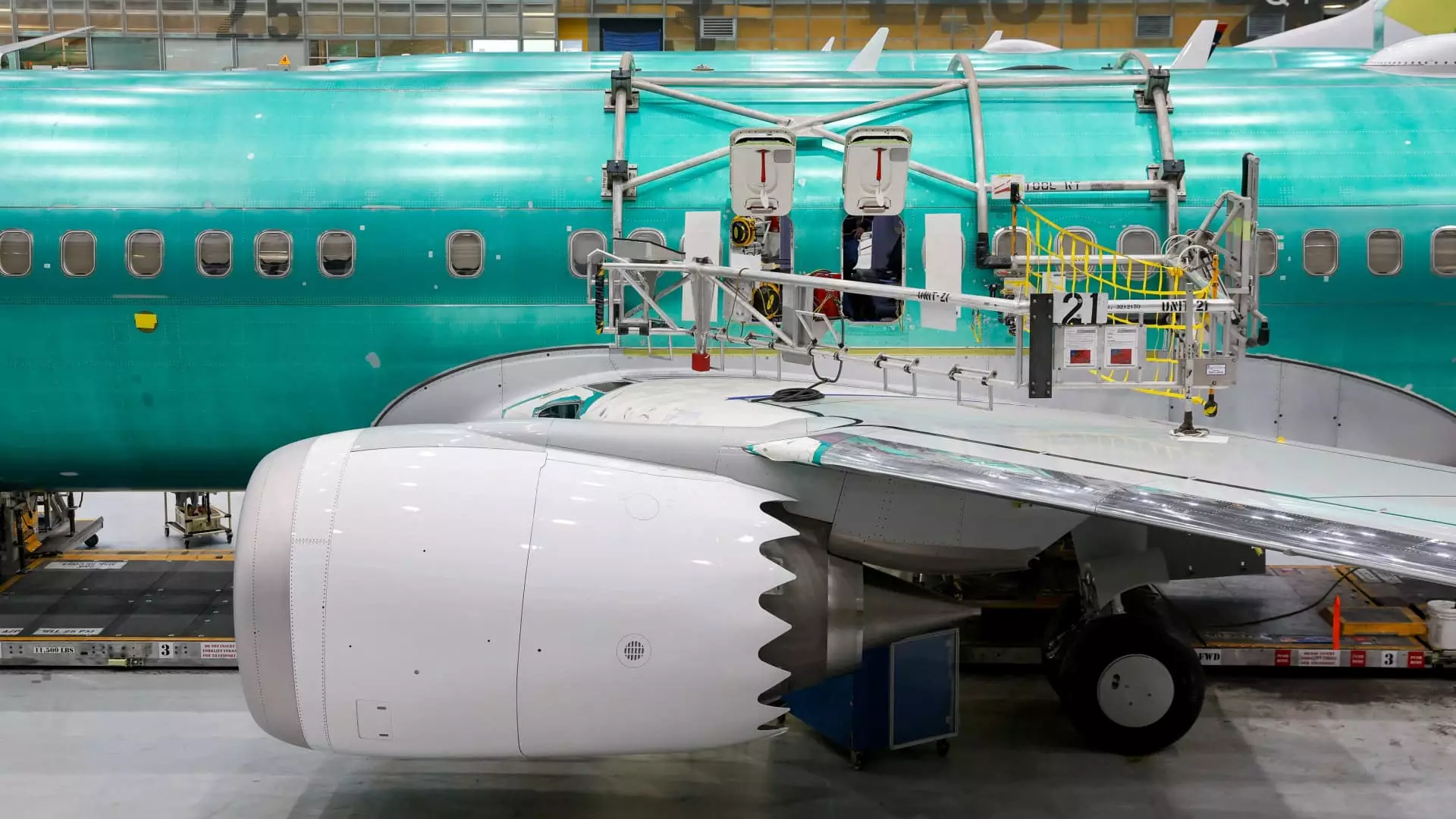Boeing, a titan of the aerospace industry, finds itself at a critical juncture as it embarks on a rebuilding journey fraught with challenges and opportunities. Over the past year, the company has been under scrutiny, sparking concerns over safety and quality after a catastrophic incident involving an Alaska Airlines-operated Boeing 737 Max 9. This incident, where a fuselage panel detached mid-flight, cast a shadow over Boeing’s reputation and has since prompted significant changes within the company. In this article, we will explore the steps Boeing is taking to restore its standing in the market, the importance of quality and safety culture, and the implications of recent leadership changes.
The Incident That Shook the Company
Boeing’s troubles took a dramatic turn when the fuselage panel incident occurred, highlighting critical lapses in operational standards. Investigations revealed that essential bolts were missing during the aircraft’s departure from Boeing’s Renton factory, signaling more profound issues related to quality control and operational negligence. Such incidents can erode customer trust and investor confidence, evident by the plummet of Boeing’s share price, which has decreased over 30% in a year. The juxtaposition of Boeing’s struggles against the S&P 500’s nearly 27% ascent further accentuates the gravity of its situation.
In response to these setbacks, Boeing’s leadership has committed to substantial changes that extend beyond mere operational fixes. Underpinning these shifts is the recognition that restoring stakeholder faith demands a shift in corporate culture—one that places safety and quality above all else. The Federal Aviation Administration (FAA) has ramped up its oversight, further emphasizing that Boeing’s turnaround will require an enduring cultural revolution. This was echoed by FAA chief Mike Whitaker, who articulated the significance of a systematic commitment to quality over profits, suggesting that the company’s future hinges on a vigilant approach towards these ideals.
The renewed emphasis on a safety-oriented culture is not simply a reaction to past disasters but a proactive stance that could potentially safeguard against future crises. This cultural transformation is aimed at embedding quality checks into everyday practices and decision-making processes at all levels of the organization, fostering accountability among employees and stakeholders alike.
The installation of a new CEO, Kelly Ortberg, signifies a strategic recalibration for Boeing. Ortberg, with his extensive aerospace experience, faces the immense task of stabilizing production while ensuring that past mistakes are not repeated. His perspective is clear and pragmatic; he acknowledges the importance of concentrating on Boeing’s core competencies and pursuing excellence over quantity. The airline industry, still grappling with the aftershocks of the COVID-19 pandemic, demands reliable and timely aircraft deliveries, and Ortberg aims to meet those expectations.
Ortberg’s leadership has already been tested by notable events, including a significant strike by machinists that idled production for two months. The strike underscored the friction between the workforce and management, with long-term employees seeking the reinstatement of pensions. While new labor agreements have resulted in notable raises for workers, the absence of pension provisions remains contentious. Thus, successful navigation of labor relations will be a key component of Ortberg’s agenda.
Boeing’s immediate strategy focuses on stabilizing its production and enhancing operational efficiencies, with an eye toward scaling up. The company has initiated random quality audits across its manufacturing facilities to identify and rectify flaws preemptively. Moreover, a significant reduction in defects linked to their fuselages, now being repurchased from Spirit AeroSystems, reflects a hands-on approach to rectify past mistakes. The commitment to cut down on out-of-sequence work demonstrates an understanding that systematic errors can snowball into larger, more costly issues.
In light of recent upheavals, Boeing has also signaled workforce reductions, aiming to streamline operations and maintain fiscal health. This move, coupled with measures to bolster core business areas, demonstrates a calculated approach to navigating the financial challenges that have plagued the company since 2019.
As Boeing charts its recovery path, the critical factors of safety, quality, and effective leadership will be paramount. While the road ahead is fraught with ongoing scrutiny from regulators, industry leaders, and the public, the proactive steps undertaken by Boeing’s new management signal a cautious optimism. Investors and stakeholders are looking for tangible evidence that the company is not merely applying temporary fixes but is indeed evolving into a more resilient and reliable manufacturer. The transition from crisis to recovery is no simple task, but with sustained efforts centered on quality and safety, Boeing can aspire to reclaim its status atop the aviation industry, ensuring that the mistakes of the past do not define its future.

